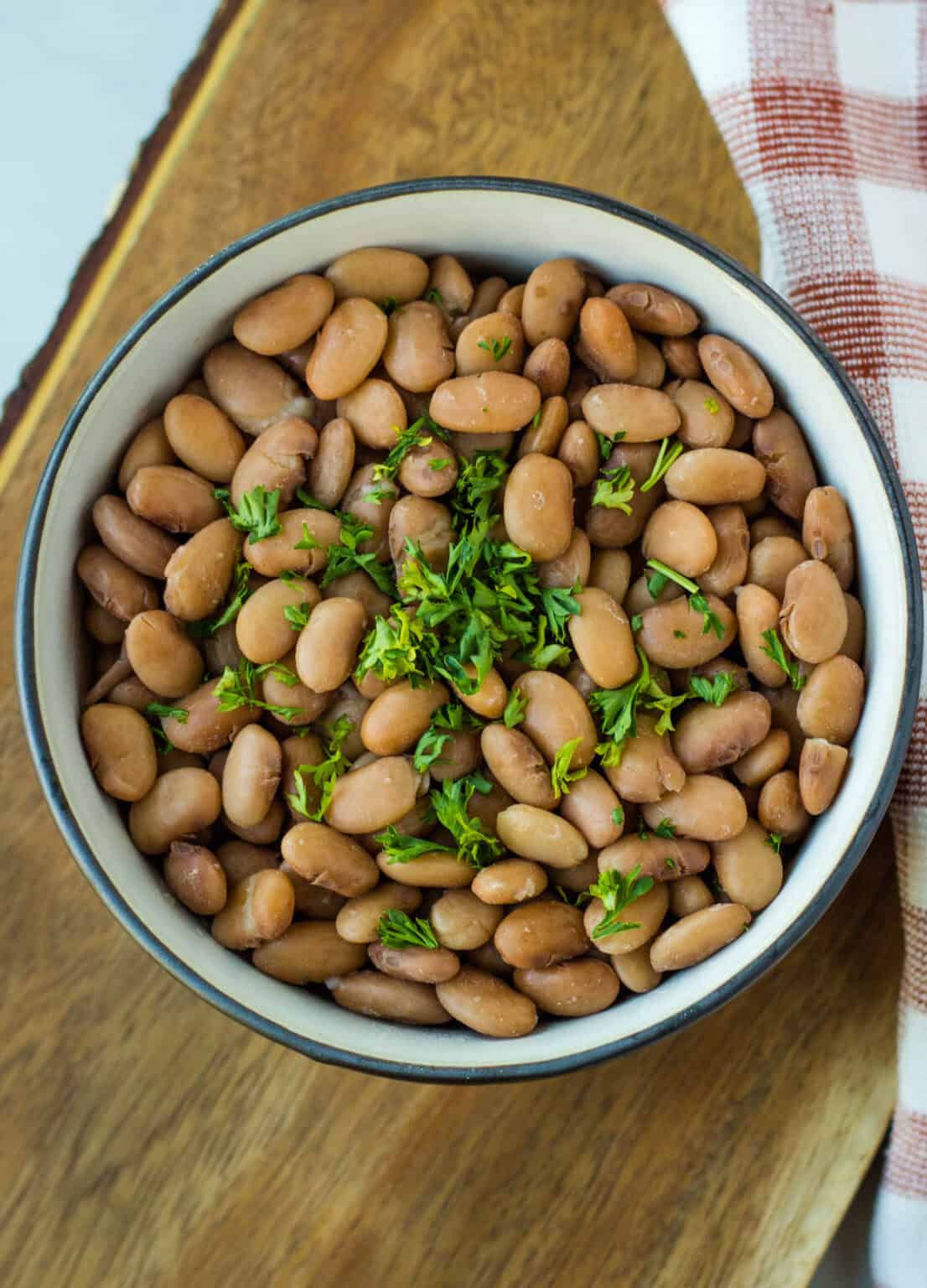How to Cook Dried Beans
Cooking dried beans is an easy and inexpensive way to add protein and fiber to your meals. Dried beans are also versatile and can be used in a variety of dishes, such as salads, soups, and stews. However, cooking dried beans can be intimidating for some people. In this article, we will guide you through the process of cooking dried beans, from soaking to seasoning.

Soaking Dried Beans
Soaking dried beans is an important step in the cooking process, as it helps to reduce cooking time and make the beans more digestible. There are two methods for soaking dried beans:
Overnight Soak
The most common method for soaking dried beans is the overnight soak. Follow these steps:
- Rinse the beans under cold water to remove any dirt or debris.
- Place the beans in a large bowl and cover them with about 3 inches of water.
- Cover the bowl with a lid or plastic wrap and let the beans soak for at least 8 hours or overnight.
Quick Soak
If you don't have time for an overnight soak, you can use the quick soak method. Follow these steps:
- Rinse the beans under cold water to remove any dirt or debris.
- Place the beans in a large pot and cover them with about 3 inches of water.
- Bring the water to a boil and let the beans boil for 2-3 minutes.
- Remove the pot from the heat, cover it with a lid, and let the beans soak for 1 hour.
Cooking Dried Beans
After soaking the dried beans, it's time to cook them. Follow these steps:
- Drain the soaked beans and rinse them under cold water.
- Place the beans in a large pot and cover them with about 3 inches of water.
- Bring the water to a boil and let the beans boil for 5 minutes.
- Reduce the heat to low and let the beans simmer for 1-2 hours, or until they are tender.
Seasoning Dried Beans
Once the beans are cooked, you can season them to your liking. Here are some common seasoning options:
- Salt and pepper
- Garlic and onion powder
- Cumin and chili powder
- Bay leaves and thyme
Advantages and Disadvantages of Cooking Dried Beans
Advantages
- Cost-effective
- High in protein and fiber
- Can be used in a variety of dishes
Disadvantages
- Requires soaking and long cooking time
- May cause digestive discomfort for some people
Conclusion
Cooking dried beans is an easy and affordable way to add nutrition to your meals. By following these simple steps, you can create delicious and healthy meals using dried beans. Experiment with different seasoning options to find your favorite flavor combinations.
FAQ
Q: Can I cook dried beans without soaking them?
A: Yes, you can. However, it will take longer to cook the beans and they may not be as tender.
Q: Can I freeze cooked beans?
A: Yes, you can freeze cooked beans for up to 6 months.
Q: How long can I store dried beans?
A: Dried beans can be stored in an airtight container for up to 1 year.
Q: Can I use canned beans instead of dried beans?
A: Yes, you can. However, canned beans are more expensive and may contain added sodium.
